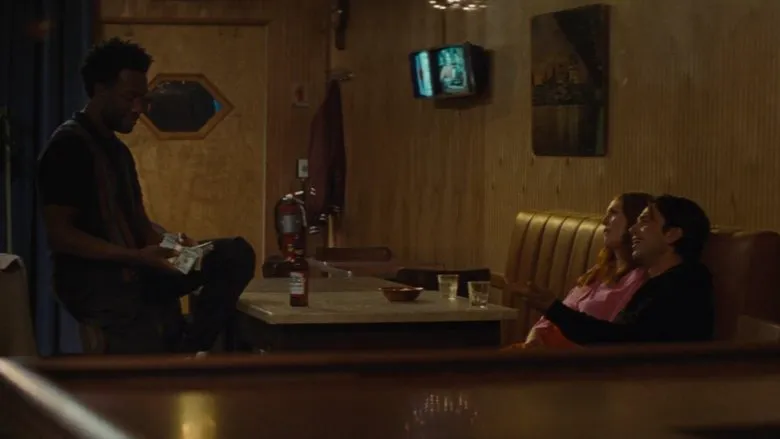“The Program”: An Exploration of Lance Armstrong’s Enigma
The film “The Program” ventures into the controversial narrative of Lance Armstrong, the cycling icon whose career plummeted amidst scandal. However, it prompts a fundamental question: who was the real Lance Armstrong?
A Cautious Biographical Attempt
Stephen Frears directs “The Program,” undertaking the task of reconstructing the events surrounding Armstrong’s doping controversy. Yet, while approached with caution, this biographical film struggles to truly penetrate the steadfast persona of the legendary cyclist.
The movie doesn’t fully dismantle the carefully sculpted image that Armstrong cultivated and fails to leave the audience with a profound sense of understanding.
As Leonard Cohen’s poignant lyrics, “Everybody knows the fight was fixed,” resonate during the film’s conclusion, they underscore the reality that secrets of the famous rarely remain concealed. Although initially written in the context of the AIDS epidemic, the song acquires a new dimension, highlighting the exposure of Armstrong’s unethical actions.
However, there’s an unintentional irony in the song’s inclusion, as the film itself, despite its technical finesse, does not offer much more emotional or plot depth than the 2013 documentary “The Armstrong Lie.” Ben Foster, though dedicated in his portrayal of Armstrong, feels somewhat overwhelmed by the magnitude of the figure he embodies.
A Television Vibe
The title “The Program” might even evoke the feeling of a made-for-TV movie, echoing Frears’ prior experience directing “Muhammad Ali’s Greatest Fight” for HBO. The film’s scope and production values lean toward this format.
Foster’s Performance: Slick and Enigmatic
Ben Foster’s performance is undeniably polished at capturing the outer enigma of the cyclist. An amusing scene showcases Armstrong, at his zenith, being questioned about rumors of Matt Damon portraying him in a film. This clever nod alludes to the evolution of the cyclist’s persona over the years, with Foster’s portrayal bearing little resemblance to Damon.
Initially, the movie attempts to repack Armstrong’s image, displaying a vibrant young player, with dynamic camerawork and a warm color palette, comparable to an energy beverage ad, The script consciously avoids exploring the protagonist’s personal life.
Unanswered Questions Remain
“The Program” unfolds as a cat-and-mouse engagement, with sports reporter David Walsh (played by Chris O’Dowd),initially skeptical of Armstrong’s deceptive behavior, as the audience proxy, with Armstrong as the elusive prey. While this approach justifies the omission of Armstrong’s personal life, the film could have set itself apart from other reports by fabricating some depth. Ultimately, “The Plan” leaves the audience with some pertinent question. Did the cyclists struggle with the doping, and if so, to what extent?
Rise, Fall, and a Glimmer of Insight
The film chronicles Armstrong’s early trajectory, featuring appearances by notable cyclists. His 1996 cancer diagnosis is presented quickly, and Foster’s performance begins to drift further from reality.
Floyd Landis (Jesse Plemons), Armstrong’s teammate, acts as the conscience of the show. His transformation from a naive newbie to a whistleblower is quite insightful. Plemons delivers the most three-dimensional performance, grappling with inner questions as he witnesses the cyclist. But like other elements of the movie, this storyline ends far too brisky. The film climax falls flat, and “The Program” feels like only 1/2 of the Armstrong story, and doesn’t make the audience want more.